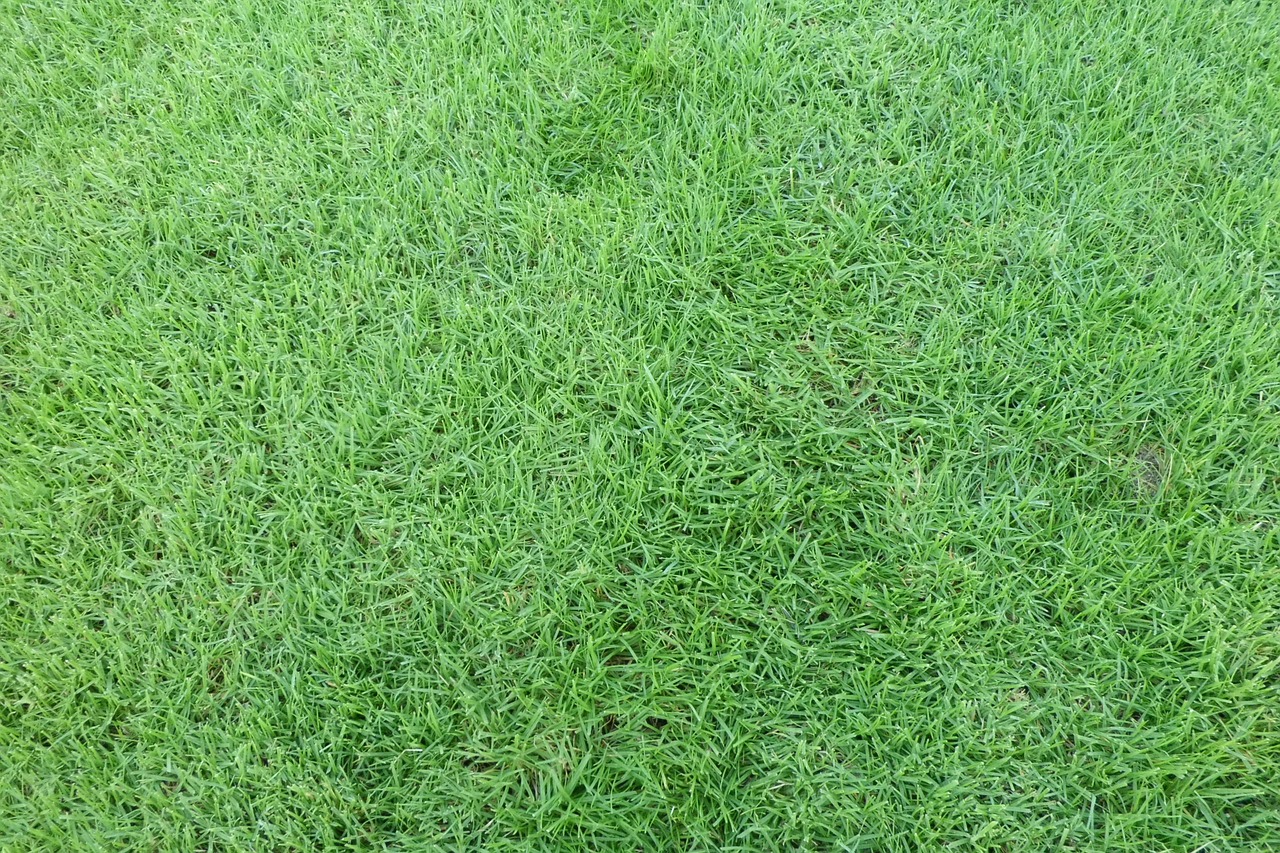
Scarifying is a process that you carry out to remove organic matter (usually this is mostly weeds and previous grass cuttings) from around the base of your grass. It removes this lateral growth and helps to aerate the soil - which promotes healthy, uniformed growth. If you don't do scarify your lawn it will start to struggle as light and water will be unable to reach the roots of the grass. As water can't drain into the grass due to the organic matter blocking it, here in Scotland, where it rains a lot, you are likely to end up with water sitting on the surface, making your lawn soggy, unattractive and unusable.
To assess whether or not you need to scarify your grass, you'll need to get up close and personal with it. Have a good look. Push your fingers through the surface of your lawn to find the surface of the soil. If your lawn is in good health, there will be very little dead organic matter that you have to push through to find the surface of the soil. If, on the other hand, you have a bit of resistance looking for the surface of the soil, then you need to scarify. It's something that everyone should aim to do once a year, to help maintain a healthy-looking lawn. Aim to do it in spring or early autumn, for maximum benefit.
Before you start there's some important prep-work you need to do. Look to see if you have moss. If you do, we'd advise putting down a moss control treatment at least two weeks before you plan to scarify. Scarifying will remove moss, but you run the risk of spreading moss spores across your whole lawn during the scarifying, potentially creating more of an issue with moss growth than you stared with.
We also recommend cutting your grass at least three days prior to scarifying. This will clean the surface, removing any leaves, twigs and other debris, leaving your lawn clear and ready to be treated.
Before you can scarify your lawn,you'll need a scarifier, which is where we come in. At Martin Plant Hire we offer a petrol lawn scarifier or an electric scarifier which are both suitable for use on a domestic lawn or, for a larger patch, we have the Rotorake Professional Scarifier available for hire.
When you have the necessary equipment and are ready to proceed the first thing you want to do is ensure the scarifier's blades are running at the correct height. It is best to start with the machine as high as it will go,start on a flat area of your lawn and lower the blades until they are just making contact with the soil. Test the scarifier on a small, discreet area to ensure you are pulling out debris without destroying the grass.
Once you have patch testedyou can continue the process with the rest of your lawn. We advise travelling in the same direction - north to south or east to west, not round and round.
After you have completed your first pass, get rid of the waste and debris that has come loose, then have a look and see if your lawn is clear or if there is still some dead grass, roots and weeds lurking. Most lawns will need more than one pass to get them into prime condition.nIf you do have to repeat, switch the direction of your scarifying - ie if you went north to south first time around, go east to west this time.
Once you're happy with the way the surface looks you can pack up your scarifier. But there are still a few more things to do to keep your lawn in perfect condition.

Once you've completed scarifying your lawn, you might want to overseed to bring your lawn back to full health. The best time to do this (to give the seed the best chance to grow) is autumn. It helps introduce a uniform colour to your grass and helps fill in any areas that have been left thin from the scarifying. Make sure you use a good-quality spreader to ensure even coverage.
Keep the ground moist, but not wet. Do this with regular light applications from your sprinkler. You're aiming to keep the seeds from drying out, without watering them so heavily that they get washed away. You can add fertiliser, if you think your lawn needs it. Try to keep people (and pets) off the grass as the seeds start to grow. And once you're ready to mow the lawn, try raising the height of your mower blades for the first couple of times.
It's hard work scarifying your lawn. But with a lawn scarifier it's a much more straightforward job. And you'll have a lawn your neighbours will be jealous of.
Whatever gardening work you're thinking of doing, we have equipment that can help and make the whole job a lot easier. Get in touch if you have any questions - we'll be happy to help.
Click here to go directly to our online lawn scarifier hire page.